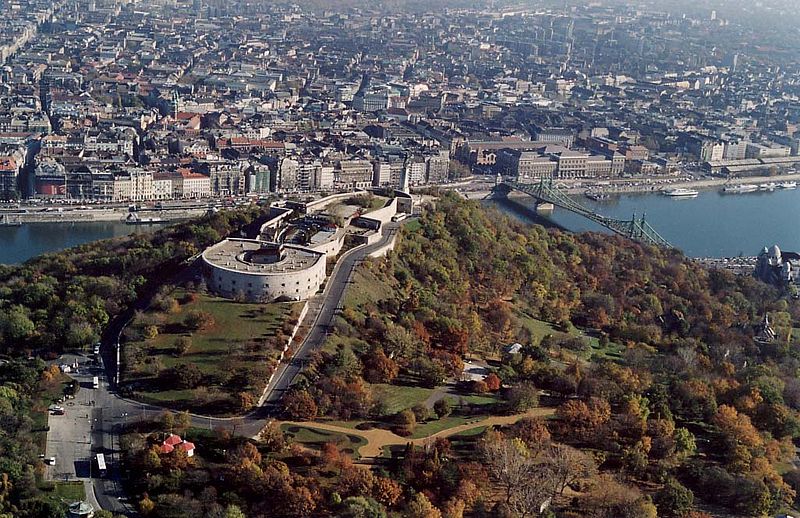Common predictions show that by 2015 the traffic
traversing the access segment (both wireless and
wired) will be 25-30 times larger than today.
Extrapolating this trend to 2020 would yield a
thousand-fold increase in traffic. Meeting this
demand, with today's wireless and fixed broadband
access network solutions, would lead to an
unacceptable increase in the network power
consumption. For this reason, energy efficiency in the
broadband access segment has attracted a lot of
attention and a wide range of topics are the target of
extensive research works.
On the wireless side, while power efficient
transmission and protocol design for mobile nodes
remain to be active research areas in green wireless
networks, there are also exciting new design elements
that need to be taken into account. For example,
wireless networks can now take advantage of
rechargeable nodes that can harvest/scavenge energy.
Such networks with stochastic energy resources can run
perpetually when designed properly, providing
flexibility, maintenance-free networking and the
ultimate green wireless solution. This new paradigm
calls for revisiting the design of transmission
policies, signal processing techniques, information
theoretic limits, and networking protocols in order to
manage the available energy at the transmitting and
receiving nodes. In addition, there is now an
increasing emphasis on overall energy optimization of
wireless communication networks including
that of the wireless access points and the base
stations. As such, deployment of femtocell and
picocell networks with the aid of multiple antennas
can help in reducing the carbon footprint that the
cellular data demands currently create. Here again
various research challenges arise to be considered
along with practically relevant deployment challenges
providing green wireless solutions.
On the wired side, Passive Optical Networks (PONs),
long reach PONs and point-to-point fiber access
solutions are becoming an energy efficient and
attractive alternative to their active counterparts.
But there is also another essential aspect to
consider: optimizing the energy consumption in each
access portion separately (i.e., focusing only on
green wired and/or wireless strategies) may lead to
non-optimal solutions. In fact with the evolution
towards more dense or heterogeneous networks there are
also indications that the backhaul contribution to
power consumption will grow, potentially nullifying
the benefits of some energy efficient wireless access
strategies. To properly address this aspect there is a
need for a holistic understanding of the energy
optimization of the mobile access segment as a whole,
where the backhaul contribution has to be included in
the power optimization strategies of the wireless
access part.
The goal of this workshop is to bring in expert
researchers both in academia and industry in the
forefront of energy efficient broadband access, i.e.,
in the newly emerging areas of energy efficient
cellular design, rechargeable energy harvesting
wireless networks, energy efficient Passive Optical
Network solutions, and green backhaul strategies
specifically tailored for converged wired-wireless
scenarios.


